Pipeline job postings are reshaping recruitment. Learn how this proactive hiring strategy slashes costs, fills roles faster, and gives your business a competitive edge.
Understanding Pipeline Job Postings
Pipeline job postings work differently from the typical job listings you see.
Regular listings aim to fill specific openings right away, while pipeline postings help companies create a reliable pool of qualified candidates for future roles.
This strategy proves especially valuable for fast-growing companies that need to hire new staff constantly.
The concept of a pipeline job posting is straightforward but powerful:
Companies post these positions to connect with talented professionals before actual vacancies arise.
For job seekers, these postings offer a good chance to get noticed by their dream employers.
Pipeline job postings give hiring managers a steady stream of pre-screened candidates ready for interviews and future openings.
Definition and key characteristics
Pipeline job postings help employers build lasting connections with potential candidates.
Each posting typically features:
- Ongoing talent engagement programs
- Adaptable hiring schedules
- Specific details about future role possibilities
- Regular updates and candidate communication
How they differ from standard job postings
Standard job posts aim to fill current vacancies quickly.
Pipeline positions take a different route; they might not offer immediate start dates but create valuable opportunities for future roles.
Smart employers use this method to speed up their hiring process significantly.
Companies with strong pipelines often fill positions faster than those relying on traditional posting methods.
Industries That Often Use Pipeline Job Postings
The United States dominates the global recruitment market, commanding 34% of total market share.
This significant share reflects the immense scope for recruiters across various sectors, with hospitality emerging as one of the most lucrative industries to tap into.
To put things in perspective, California alone produced $3.6 trillion in economic output in 2022, surpassing the entire GDP of the U.K.
Hospitality and tourism play a major role in driving this economic powerhouse.
With such vast opportunities across the US, agencies that strategically align with high-growth sectors like hospitality can unlock substantial revenue streams.
Why hospitality is a top recruitment sector
As the U.S. travel and tourism sector rebounds post-pandemic, the hospitality industry also continues to thrive.
This recovery has led to significant staffing needs across hotels, resorts, event venues and restaurants.
The industry is expected to reach a $313.87-billion market share by 2030, driven by increased domestic and international travel.
Benefits and Challenges of Pipeline Job Postings
Pipeline postings bring unique advantages and potential hurdles to the hiring process.
Both employers and job seekers need to understand these aspects before committing to this recruitment strategy.
Advantages for employers and candidates
The benefits of pipeline postings extend across the hiring spectrum.
Employers can reduce the average cost-per-hire by up to 50% while boosting their recruitment efficiency.
Companies report stronger candidate matches and improved employee retention with this approach.
Key advantages include:
- Quick hiring cycles through pre-qualified talent pools
- Direct, personalized candidate engagement
- Better hire quality from thorough screening
- Stronger employer brand presence
Potential drawbacks to consider
Pipeline postings demand significant commitment despite their benefits.
Recent studies show 62% of HR professionals struggle to maintain robust talent pipelines.
Success requires dedicated resources, consistent communication efforts and strong relationship-building skills with potential candidates.
When to use pipeline job postings
Pipeline postings shine brightest when companies face steady hiring demands or rapid growth phases.
They excel at maintaining qualified candidate pools for positions with regular openings.
Most roles take about 24 days to fill, but pipeline postings can slash this timeline significantly.
The strategy proves particularly effective for improving candidate experience.
Research highlights that 75% of professionals weigh their candidate experience heavily when considering job offers.
Pipeline postings create natural opportunities to build strong connections with potential hires well before positions open up.
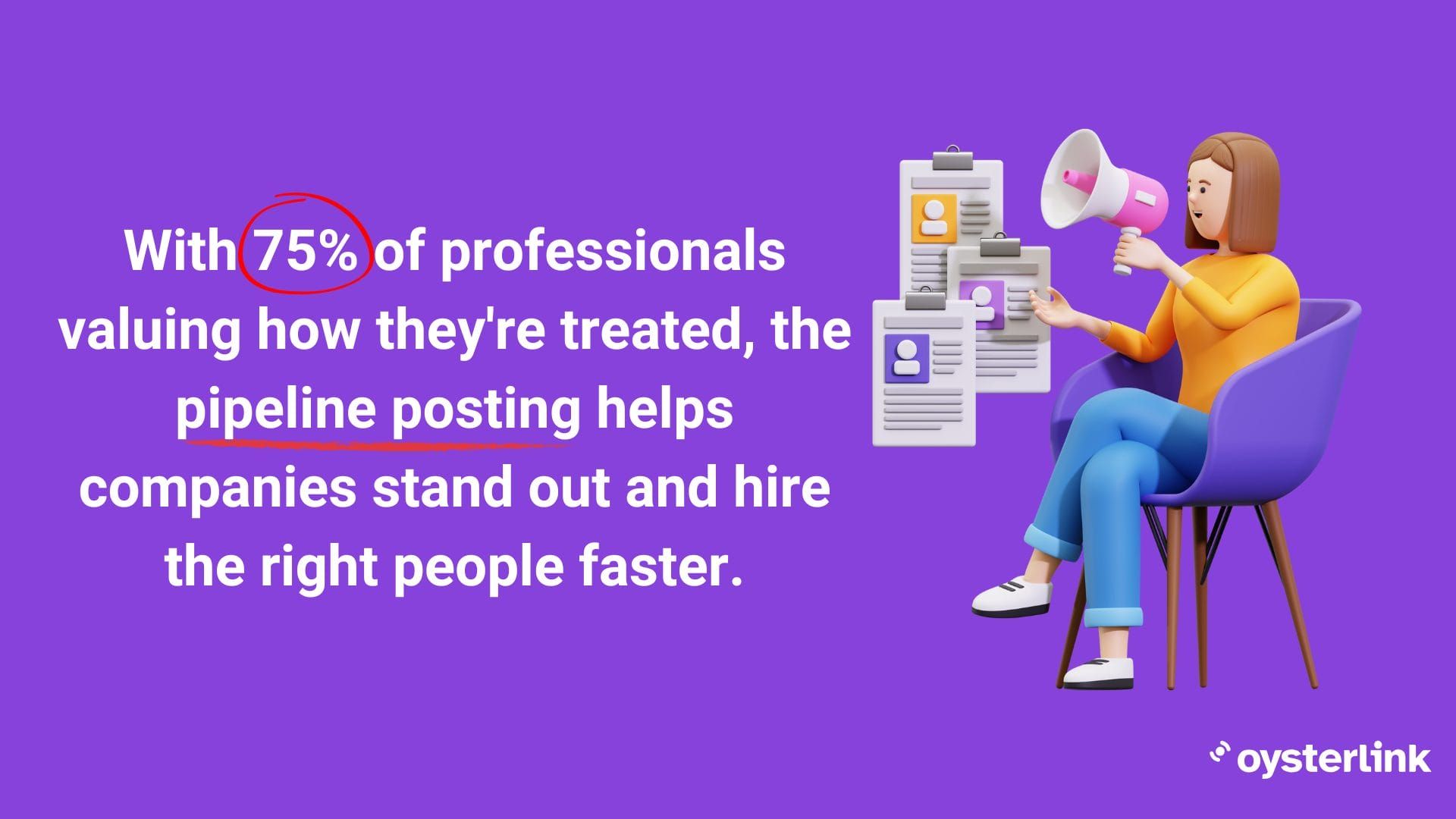
Types of Pipeline Job Postings
Pipeline job postings come in several distinct formats, each serving specific recruitment needs.
Here's a detailed look at the three main types dominating today's hiring landscape.
Evergreen requisitions
Evergreen requisitions serve organizations with constant hiring demands.
These postings excel in high-turnover environments and volume hiring scenarios.
Setting up an evergreen requisition creates a steady stream of candidates for essential positions.
Key features of evergreen requisitions include:
- Continuous application acceptance
- Location-independent requirements
- Multi-manager candidate assessment
- Hierarchical requisition linking capabilities
Role-specific pipelines
Role-specific pipelines target particular positions needing specialized talent pools.
Healthcare facilities maintain dedicated nursing pipelines, while tech companies build software engineering talent pools.
These pipelines prove especially valuable for roles requiring unique skill sets or certifications.
Future opportunity postings
Future opportunity postings bridge the gap between current talent and upcoming needs.
Recruitment specialists review applications, maintaining active connections with promising candidates for future openings.
This strategy gives organizations quick access to pre-screened talent when positions become available.
How Pipeline Job Postings Work
Pipeline positions follow a distinct recruitment path designed for long-term talent engagement.
The process differs significantly from traditional hiring methods, offering unique advantages for both employers and candidates.
Pipeline recruitment moves through several key stages:
1. Application submission and initial screening
The process begins when candidates submit their applications for open roles.
During the initial screening, employers review resumes and cover letters to assess the basic qualifications, experience, and skills of applicants.
This helps to narrow down the candidate pool to those who meet the core requirements of the position.
2. Skills and qualification verification
Once the candidates pass the initial screening, employers often conduct further checks to verify the applicants' skills and qualifications.
This may involve reviewing certifications, checking references or administering skill assessments.
This step ensures that candidates have the necessary expertise for the role, helping to filter out those who don't meet the required standards.
3. Preliminary talent conversations
Candidates who successfully pass the screening and verification steps may be invited for an initial conversation.
This stage typically involves a phone or video interview where employers assess the candidate's communication skills, personality, and cultural fit within the company.
It’s a way to ensure that the candidate aligns with the company’s values and team dynamics before moving forward.
4. Talent pool integration
Successful candidates who make it through the preliminary stages may be placed in the company's talent pool.
This means they are kept in consideration for current or future openings, even if there isn't an immediate position available.
By being in the talent pool, candidates are essentially pre-screened and ready to be contacted when relevant opportunities arise, which streamlines future recruitment.
5. Opportunity updates and communications
Candidates in the talent pool are regularly informed about new openings and company updates.
Ongoing communication keeps them engaged and ready, strengthening long-term relationships until the right role becomes available.
Candidate tracking systems
Applicant tracking systems (ATS) power modern pipeline recruitment.
These platforms organize candidate profiles, track application progress and store communication records.
Recruiters can then access this centralized information hub whenever matching positions emerge, streamlining the entire hiring process.
Timeline expectations
In today’s competitive job market, a slow hiring process can mean losing top talent.
With the average hiring timeline ranging from 3 to 6 weeks, companies risk missing out on qualified candidates who accept other offers.
However, a well-structured hiring pipeline changes this dynamic by ensuring a steady stream of pre-vetted talent, ready to step in as soon as opportunities arise.
Pipeline hiring speeds up recruitment, keeps candidates engaged, and reduces drop-offs—helping businesses fill roles fast without sacrificing quality.
This approach provides flexibility, enabling companies to adapt to seasonal demands or unexpected vacancies without starting from scratch.
A pool of qualified candidates keeps hiring proactive and efficient—saving time, improving candidate experience, and securing top talent when it counts.
Pipeline Job Posting Strategy: Best Practices
Pipeline job postings are transforming hiring by making it faster, more efficient, and cost-effective.
Cutting hiring costs by up to 50% and consistently attracting high-quality candidates.
Job seekers benefit from early access and personalized interaction, while employers build a steady talent pool, speed up hiring, and find better-fit candidates.
While not an instant solution, pipeline hiring builds stronger connections over time.
Unlike traditional postings that fill roles quickly, pipeline strategies lead to better matches and longer-lasting hires—making the upfront effort well worth it.





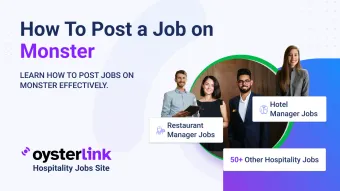
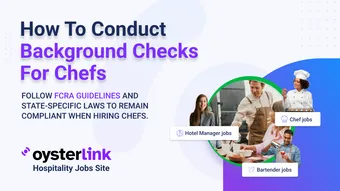
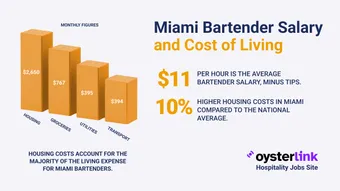
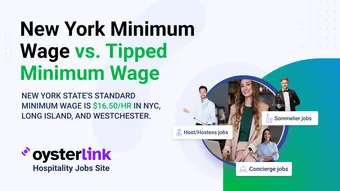


Loading comments...